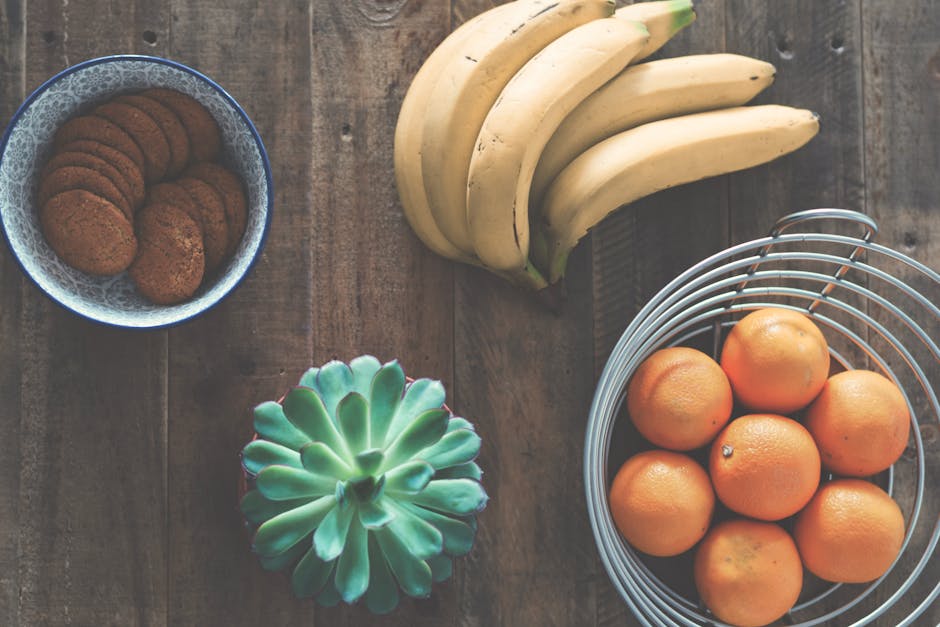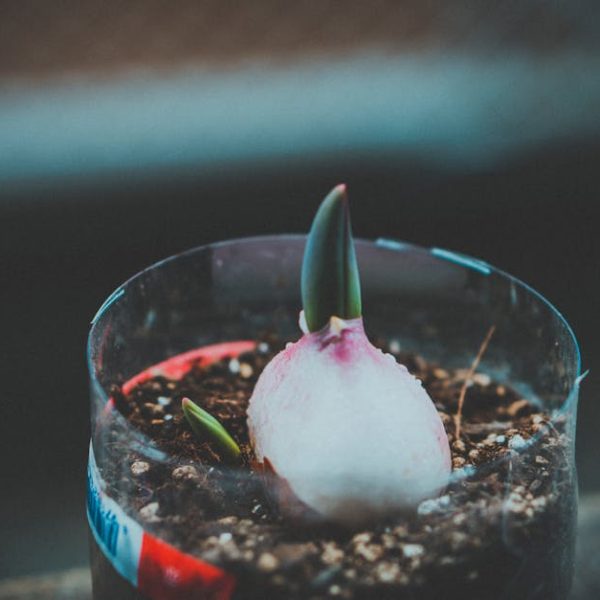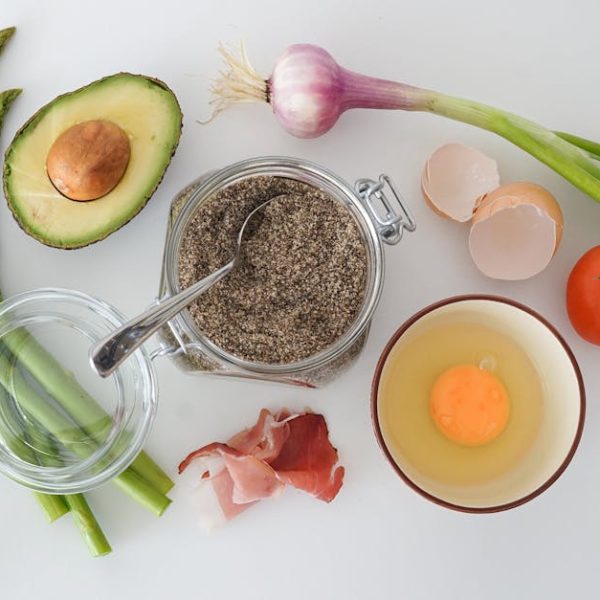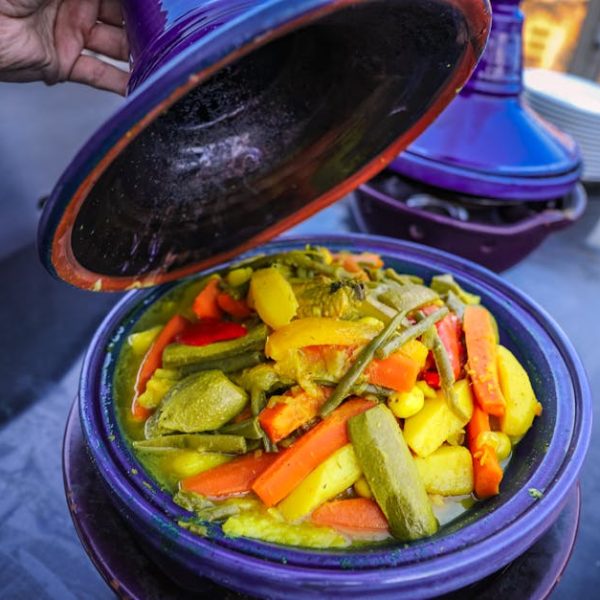The shelf life of bananas, like any other fruit, depends on a plethora of factors. The typical lifespan of a banana can range from a couple of days to more than a week once it’s ripened. Yet, it doesn’t stop there – the overripe stage, when the banana’s peels turn black and the fruit becomes incredibly soft, is ideal for numerous recipes like banana bread or smoothies.
Understanding the various stages of banana ripeness – from green to overripe – is critical. To familiarize yourself with them, consider the following checklist:
- Stage 1: The peels are entirely green, and the fruit is stiff and starchy.
- Stage 2: The peels transition to a more yellowish hue, but a slight greenishness remains around the stems. The banana is still firm with a slight sweetness.
- Stage 3: Now, the peels are bright yellow. This is the ideal ripe stage where the sweetness and texture of the banana are perfectly balanced.
- Stage 4: Small brown spots start appearing on the peels -the fruit is still good for eating and is sweeter at this point.
- Stage 5: The peels become brown while the fruit inside stays soft and sweet.
- Stage 6: The banana is completely overripe with blackened peels, very soft and super sweet.
A banana’s shelf life is massively influenced by its storage conditions. Temperature, humidity, and light play pivotal roles. Bananas stored at room temperature ripen faster than those kept in a cooler environment. However, placing bananas in the fridge isn’t always the best solution – the cold temperature can result in the peels becoming dark, which is often falsely taken as a sign of spoilage. Here’s a comparison:
| Storage Conditions | Typical shelf life |
|---|---|
| Room Temperature | 2-7 Days |
| Refrigerated | 7-9 Days |
Identifying when a banana has gone beyond overripe to being spoiled is essential. Some signs of a rotten banana include: incredibly mushy texture, sour smell, leaking liquid, and fruit flies hovering around.
Storing bananas correctly can extend their shelf life remarkably. Consider hanging bananas on a hook as this allows air to circulate around them, slowing the ripening process. Avoid storing bananas with other fruits as they release a gas called ethylene which hastens ripening. Another quick tip is to wrap the stems of bananas in plastic wrap. This blocks the release of ethylene gas, reducing the rate of ripening.
Storing cut or peeled bananas requires additional care, due to the removal of the protective peel resulting in the fruit being exposed to air, which causes browning. The steps to store cut bananas effectively are:
1. Rinse the bananas in cool water.
2. Pat them dry with a clean cloth or paper towel.
3. Cover the cut bananas with cling wrap, or place them in a sealed airtight container.
4. Store the container in the fridge. The cold temperature will slow the oxidation process that leads to browning.
One must note that although immersing cut bananas in acidulated water or lemon juice can prevent browning, it may alter their flavor. A less invasive option might be to choose air-tight storage methods instead.
For those looking to stock up on bananas without worrying about them going bad, freezing is the answer. Freezing not only extends the banana’s shelf life but also encapsulates its nutritional goodness. Stay tuned to learn the best practices for freezing bananas for long-term storage.
Freezing Bananas for Long-Term Storage
One of the best ways to save ripe bananas from going bad is to freeze them. This method can preserve bananas in a usable state for several months, making them a great addition to a variety of dishes, particularly smoothies and banana bread. Before freezing, ensure that the bananas are ripe – if they’re still green, you might want to wait till they’re at least halfway ripe to ensure the best flavor.
Here’s a quick checklist for freezing bananas the right way:
1. Start by peeling the bananas. Freezing bananas with their peel is not a good idea as the peel can become stubbornly stuck to the frozen banana.
2. Decide how you’d like to freeze the bananas. You can freeze them whole, cut them in half, or slice them into smaller pieces. Slicing them into smaller pieces can be convenient for recipes like smoothies.
3. Place the peeled, sliced bananas in a single layer on a baking sheet lined with parchment paper. This prevents the bananas from sticking together.
4. Freeze overnight or until the bananas are frozen solid.
5. Once frozen, move the banana pieces into a zip-top freezer bag. Squeeze out any excess air and seal tightly.
6. Don’t forget to write the date on the bag so you know how long the bananas have been frozen.
Pro Tip: Simplify your baking or smoothie-making process by pre-portioning your frozen bananas based on your standard recipes. For example, if your smoothie recipe requires one banana, you can pack one banana’s worth of slices together so it’s ready to go straight into the blender.
Frozen bananas can retain quality for up to 3-4 months, although they’ll technically be safe to consume beyond this time, they may begin to lose flavor.
Defrosting frozen bananas is equally simple. Leave them at room temperature for a couple of hours or thaw them in the fridge overnight. Remember that once defrosted, bananas should be used immediately to avoid browning.
So, that’s it! With these tips in hand, you’re now armed and ready to extend the life of your bananas. Whether it’s adjusting storage conditions or even freezing bananas for longer-term use, you can enjoy your bananas at your pace, reducing waste and ensuring you’ve always got this nutritious fruit ready for your smoothies, baking, or just for eating.
Key Takeaway:
- Bananas have multiple stages of ripeness, each suitable for different uses, and understanding these stages allows for better utilization of this fruit.
- Storage conditions, such as temperature and humidity, significantly affect the shelf life of bananas, with cooler environments generally slowing down ripening.
- Properly storing bananas — keeping them separated from other fruits, hanging them, or wrapping their stems — can prolong their shelf life.
- Cut or peeled bananas require extra care in storage due to exposure to air leading to quick browning.
- Freezing bananas is an excellent long-term storage solution, maintaining their nutritional value and making them readily available for uses like smoothies and baking.
Remember, every method of storage has its pros and cons. Evaluating these against your habits and needs will help you make the best choice. Be conscious of signs of spoilage, don’t be afraid to use overripe bananas, and keep experimenting with storage techniques to figure out what works best for you.
FAQs
Q: What other fruits have a similar ripening process to bananas?
A: Like bananas, fruits including avocados, tomatoes, kiwis, plums, and peaches mature and ripen after being harvested. They also release ethylene gas during the ripening process, which can speed up the ripening of other nearby fruits.
Q: Can an overripe banana cause health problems if consumed?
A: Overripe bananas are generally safe to eat, and in fact, they have a higher content of antioxidants. However, if a banana shows signs of fermenting, such as a strong alcoholic smell or taste, it’s best to avoid consuming it.
Q: Are brown spots on banana peels a sign of spoilage?
A: Not necessarily. Brown spots on a banana peel simply indicate that the fruit is extra ripe. Unless you notice other signs of spoilage like a strong odor, mushiness, or fruit flies, the banana should be good to eat.
Q: Can I freeze bananas still in their peel?
A: Although technically possible, it’s not recommended to freeze bananas in their peel. The peel can become very difficult to remove once frozen.
Q: Are there any disadvantages to freezing bananas?
A: While freezing does preserve bananas, it can change their texture, making them softer and less suitable for some uses after defrosting. Also, frozen bananas may start losing their flavor after three to four months.
Don’t forget to share this article with fellow banana lovers and explore more food storage tips on our website!






